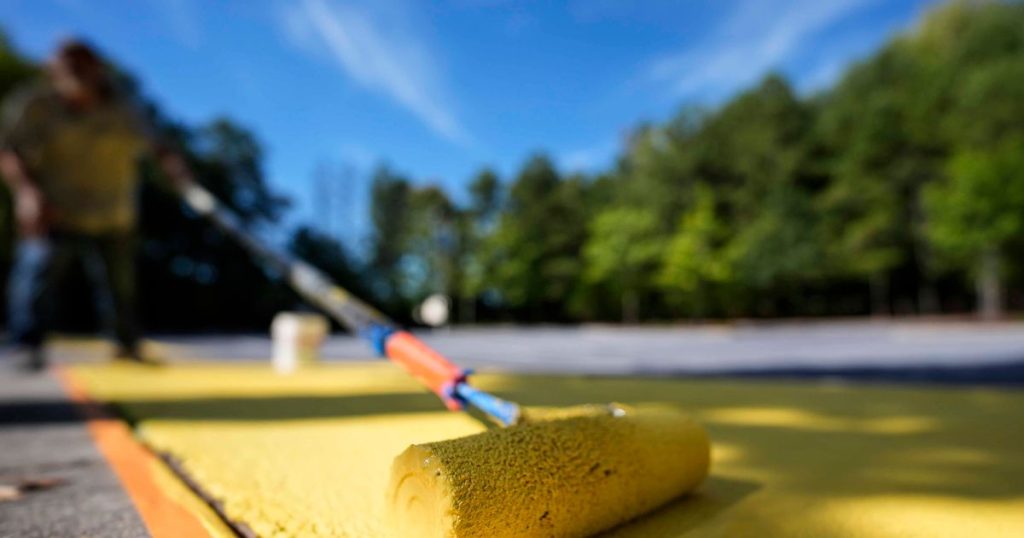Ylenia Aguilar, a mother in Arizona, witnessed heat-related illnesses among children in her community, prompting her to take action to cool down schools and neighborhoods. Schools across the U.S. are often built with materials that absorb and radiate heat, affecting student learning, performance, and concentration. Low-income neighborhoods and communities of color are disproportionately impacted by extreme heat, with temperatures up to 7 F hotter than wealthier and whiter neighborhoods. However, there are known methods to cool schools and neighborhoods, such as using solar-reflective coatings on surfaces like playgrounds and roads.
Efforts to cool schools and neighborhoods are gaining traction, with school districts implementing measures like cool roofing, shade structures, and tree planting to reduce indoor temperatures and heat stress for students. The Chaffey Joint Union High School District in California has invested in cool roofing technologies and shade structures to combat high temperatures, benefiting its predominantly Latino and Hispanic student population. Trees are also being planted in schoolyards to increase canopy coverage and decrease heat absorption. Grant funding and cooperation with local governments are helping schools implement these cooling measures.
Despite efforts to cool schools, funding limitations and maintenance costs can be barriers to implementing effective solutions. Grant money may not cover the full cost of cooling measures, and schools may lack the resources to apply for and manage grants. There are concerns that relying on grant funding can widen disparities between schools in addressing climate change impacts. Collaboration with local governments and communities can lead to more comprehensive and sustainable cooling strategies for schools. By integrating various approaches over a larger area, the school environment can be transformed to be more comfortable and resilient to extreme heat.
In Phoenix, Ylenia Aguilar’s advocacy efforts have led to improvements in the Osborn Elementary District, including planting more trees and adding shade to reduce heat exposure for students. Aguilar recognized the urgent need to address rising temperatures and take action to cool down schools and neighborhoods. Schools play a crucial role in protecting children from heat-related illnesses and creating a safe and comfortable learning environment. Collaborative efforts between schools, government agencies, and communities are essential to effectively mitigate the impacts of extreme heat and climate change on educational settings and neighborhoods.


